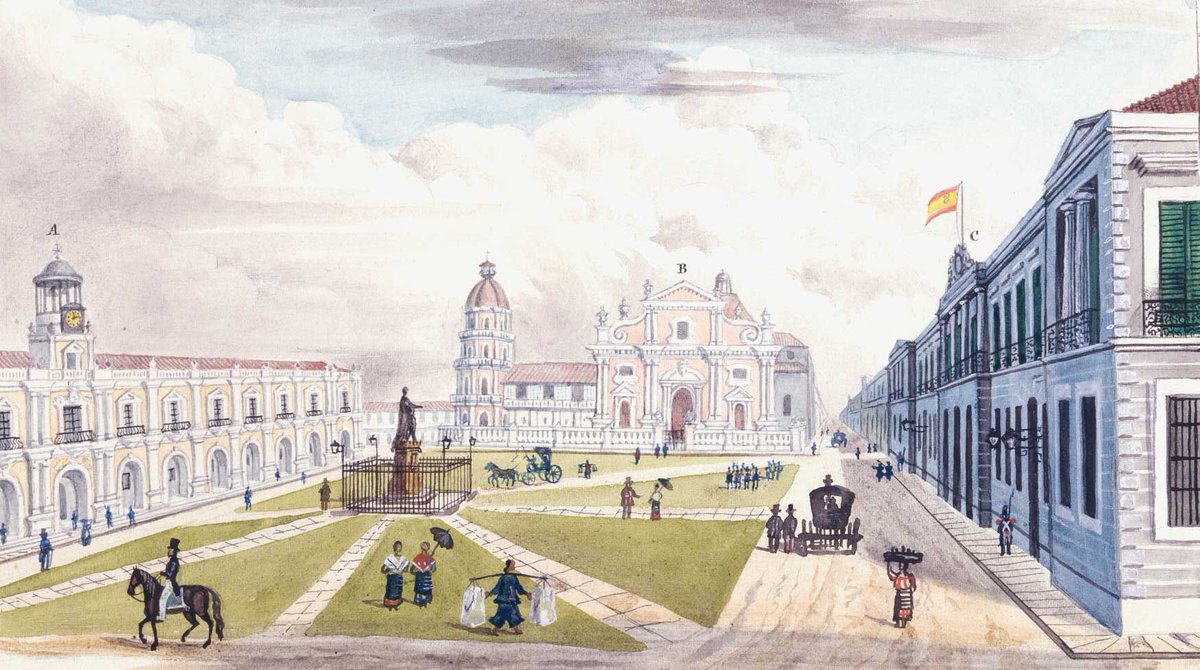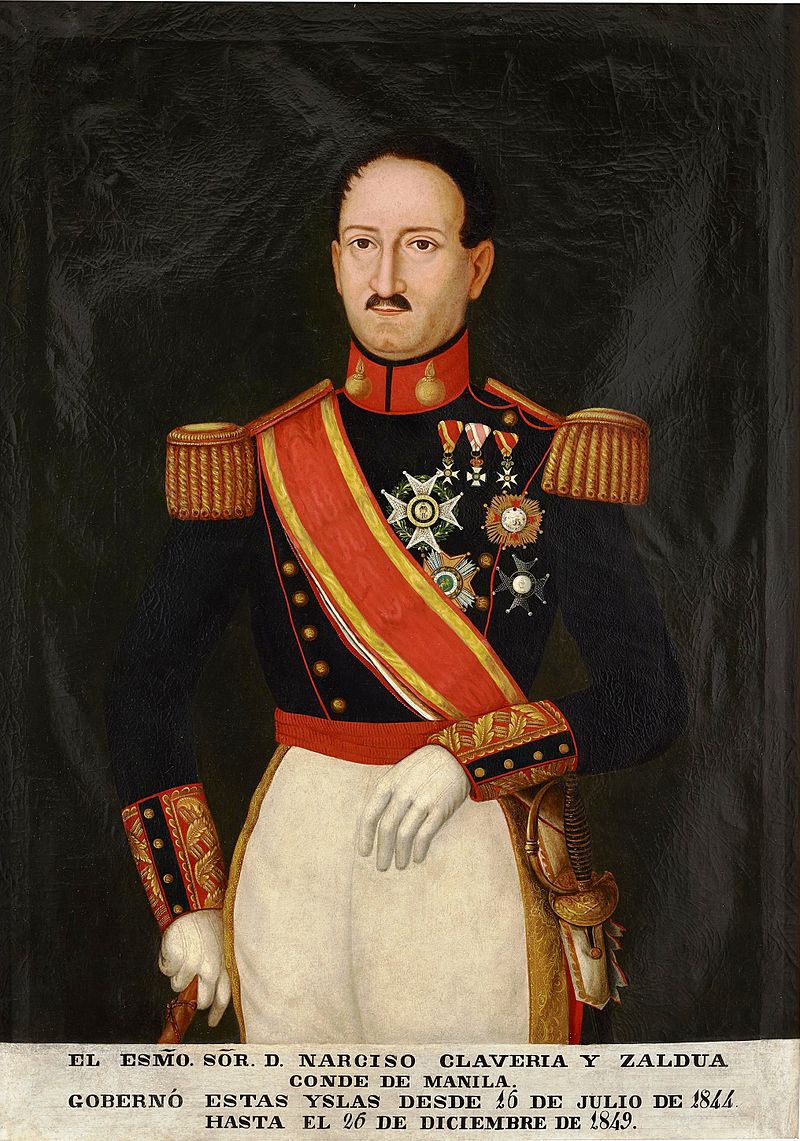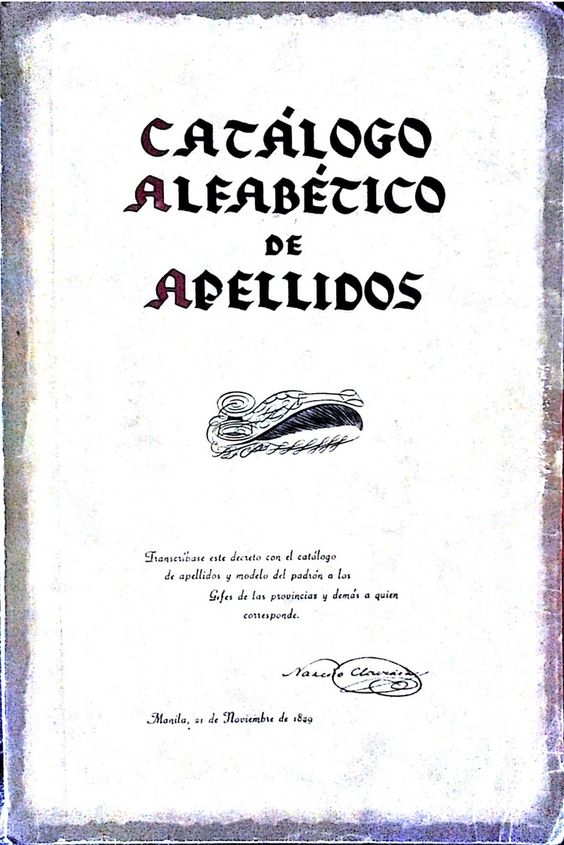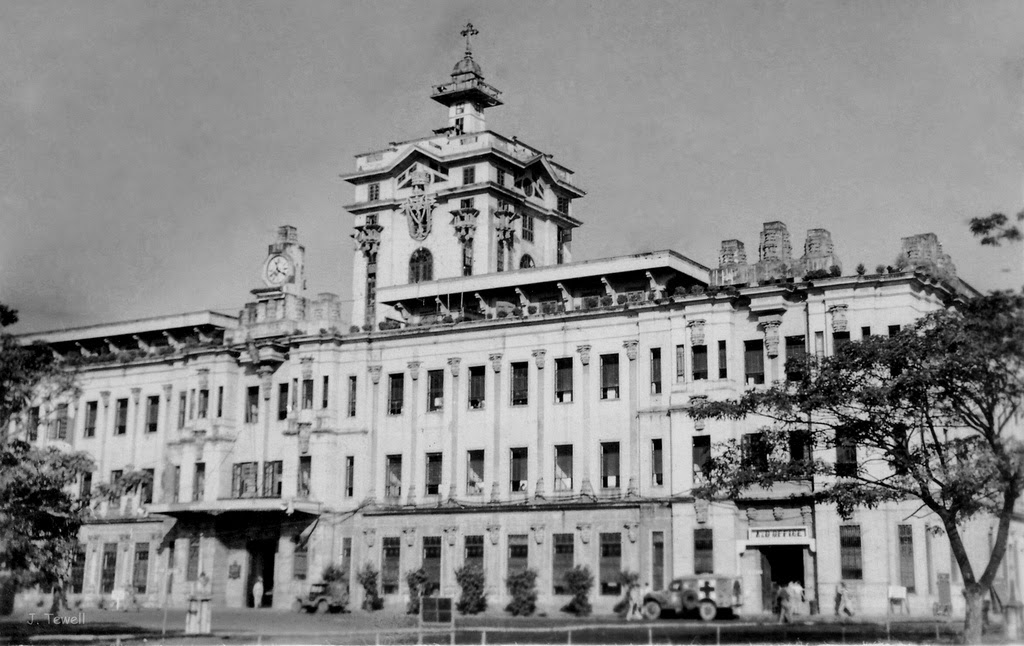
#TodayinHistory in 1595, by decree of King Philip II of Spain, #Manila was made capital city of Spain's colony in the Far East. This gave special privileges & rights to the city, similar to the key cities in the Spanish Empire. It further cemented #Manila as seat of gov in #PH. 

Twenty four years prior, the Spanish colonial city of Manila was built from the ruins of the old precolonial settlement on the same site, along the south bank of the Pasig River where the river's mouth open to Manila Bay.
https://twitter.com/indiohistorian/status/1275783364155342851?s=20
With the site of the city alongside the bay which served as natural harbor protected by the peninsulas of Bataan & Cavite, & as major port for merchants since precolonial times, it functioned as the Spanish seat of power since its founding in 1571.
Due to the city's importance as a permanent & defensible foothold of Spain in the archipelago, the city walls (made of adobe) & moat were constructed beginning 1589 under the Spanish engineer Leornardo Iturriano, w/ labor from the Chinese & Filipino workers.
Thus it garnered the Latin name, "Intramuros" (within the walls). The #PH center of political & religious power under the Spanish crown was seen in the bldgs at the city's main plaza— the Manila Cathedral (center), the Palacio del Gobernador (right), & the Ayuntamiento (left). 

From within the city, the 🇪🇸 gov-gen used to administer #PH, Guam, Palau, & the Marianas, reporting to the Spanish Viceroyalty of Mexico. Aside from the brief British occupation of the city, it had been the preferred capital of 🇪🇸🇺🇸🇯🇵 colonial govs in PH.
https://twitter.com/indiohistorian/status/1266999812181893120?s=20
Photos:
- "De Stadt Manilha" (1665) by Johannes Vingboons
- "Plaza Mayor de Manila" (1847), from @BNE_biblioteca
For @subselfie. @jmnualla @tonitiemsin
- "De Stadt Manilha" (1665) by Johannes Vingboons
- "Plaza Mayor de Manila" (1847), from @BNE_biblioteca
For @subselfie. @jmnualla @tonitiemsin
• • •
Missing some Tweet in this thread? You can try to
force a refresh











